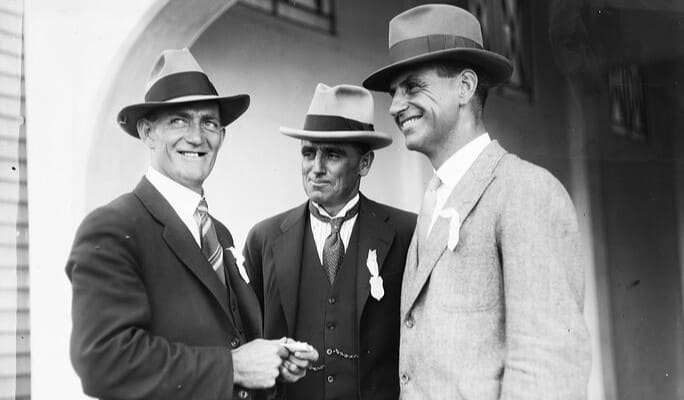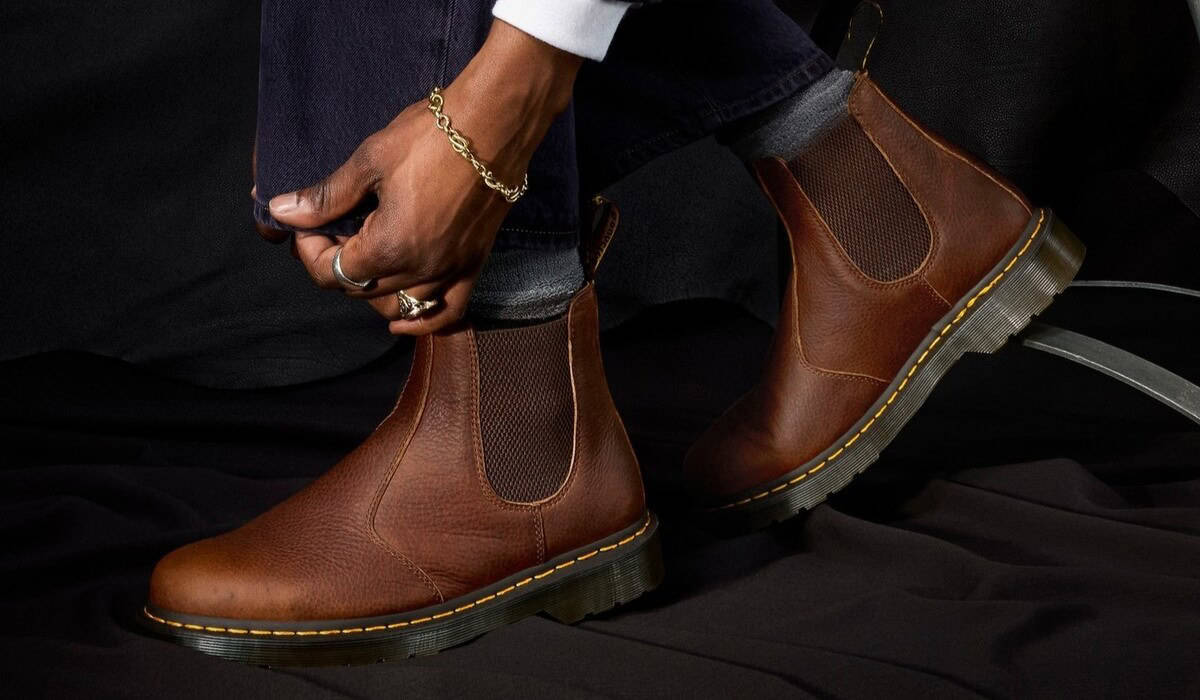1930s Men’s Fashion: A Timeless Guide To What Guys Wore
Jan 7, 20269 Steps To Being More Productive In 2024
- Jan 13, 2024
- 0 Comments
361

There is no silver bullet to productivity. That’s the long and short of it. If you think one magical piece of advice is going to stop you from procrastinating during the workday, be it at home or in the office, you need to think again.
That said, there are tried-and-tested strategies to improve. There are ways to reconsider how you work, blueprints to beat procrastination and lessons to be learned on organisation and crafting the right mindset.
Write Your List
Whether you’re taking cues from David Allen’s seminal ‘Getting Things Done‘ or Francesco Cirillo’s timeless time management system, ‘The Pomodoro Technique‘, the key to a more productive workday is how you approach your to-do list. But hold on for a second. Don’t fall into the age-old trap of making a list – cramming it full of things you want to get done – in no particular order and with no explanation of how you’re going to approach the vague action points you’ve jotted down.
The first thing to consider is: could my list be shorter? The answer is probably yes. Take a less-is-more approach. Consider what really needs to be done, how long a task usually takes you and how you’re going to approach that specific task. Larger tasks should be split into smaller ones, for instance, ‘writing a report’ will no doubt take some planning, research and fact-checking. How long are each of these aspects likely to take you?
One of the most helpful takeaways from Allen’s work is having a ticker list. This back burner list can be a collection of things you want to get done; long-term projects that you can compile in the background and come back to without using up valuable mental energy and focus; the sort of thoughts that take you away from what you really need to do.
Take Regular Breaks
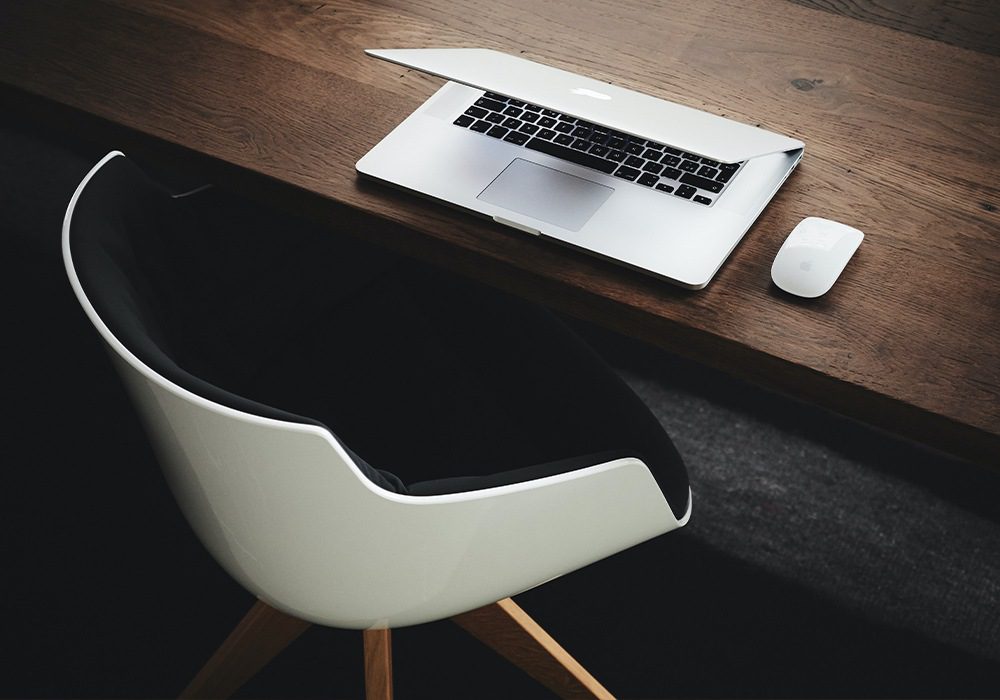
This is a tough habit to get into when working in high-pressure environments where the expectation is to maximise every second. But think about it differently: how many times have you found yourself staring at the screen? Mind frozen. Unable to logically work through your next task because there’s so much swirling around in your head. Just because you’re technically working, it doesn’t mean you’re being productive.
The solution is to work in increments of 20 to 25 minutes. The most productive, successful people on the planet swear by it – be it writers, Silicon Valley entrepreneurs or business execs.
Working in sprints is rooted in science. Your optimal working attention span is between 20 and 40 minutes depending on which study you read, after that your mind finds it more difficult to focus. By taking just five minutes to mentally recover between each sprint, you’re giving your mind the crucial time it needs to process what you’ve been doing and replenish for the next bout of work. If you’re working from home you could even go for a walk or run.
A study by the US Federal Aviation Authority found that short breaks between longer working sessions resulted in a 16% improvement in awareness and focus. Imagine getting that type of increased efficiency out of each of your working days.
Eat The Frog
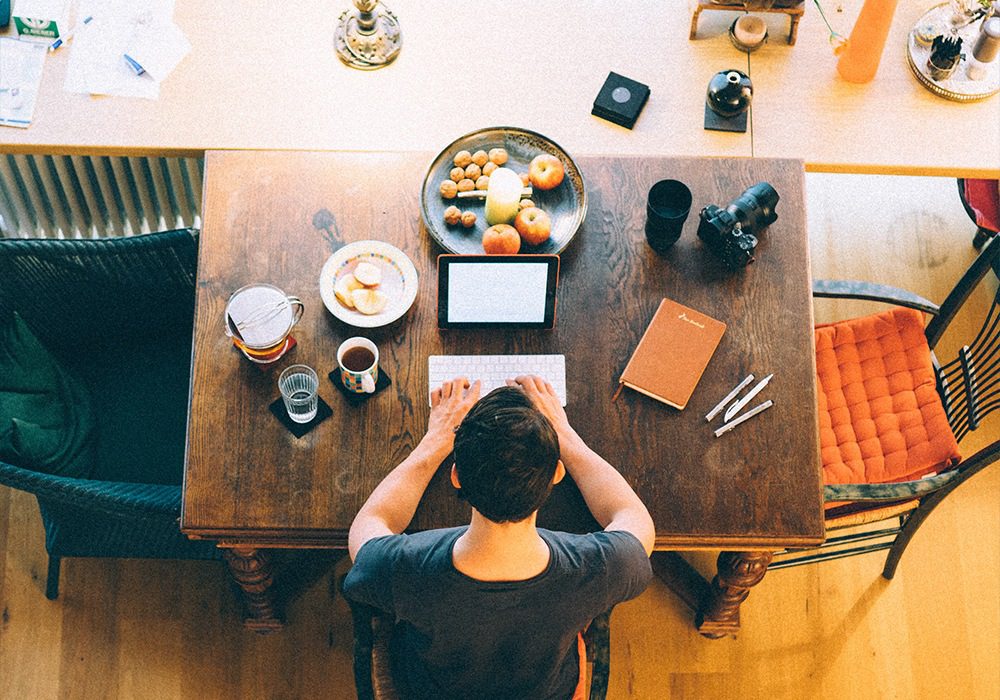
As Mark Twain once said, “Eat a live frog first thing in the morning and nothing worse will happen to you the rest of the day.” The same goes for the tasks you need to do – or more realistically, the tasks you don’t want to.
How many times do you front-load your task list with box-ticking exercises? We’ve certainly been there. Yet the key to productivity is attacking the things you don’t want to do early in the day when your mind is most focused and your energy is at its peak.
Self-help guru Brian Tracy knew this all too well and thus the metaphor formed the backbone of his best-selling time management system, ‘Eat That Frog! Get More of the Important Things Done‘. Frogs aren’t just tasks you don’t want to do, they’re also the tasks that are most likely to benefit you and add value.
Email Can Wait
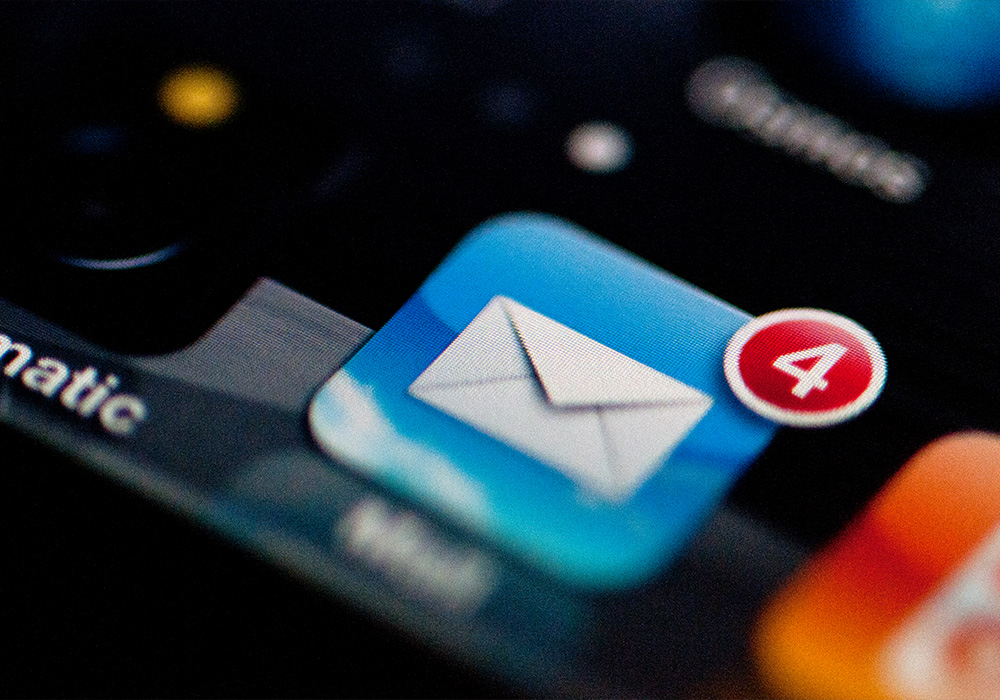
One of the biggest productivity killers of all time is email, the challenges of which have been taken to the next level with the omnipresence of social media. Notifications are easily silenced, but it’s harder to switch off from email with it being such a core part of our workdays. The likes of X and Instagram are similar threats to productivity but email is put on a professional pedestal.
Yet if you can reduce your time spent looking at (and subsequently dealing with) email, you’ll reap the rewards: a University of California Irvine study found that even when workers only briefly switched to check their email, on average they took 23 minutes to refocus on the original task.
Firstly, to avoid this kind of time sink, you should set specific times to check and respond to emails. We recommend mid-morning or lunchtime, after you’ve finished completing your most important tasks of the day (see ‘Eat the Frog’), and an hour before you finish work for the day (which can help you compile your priority task list for the following morning). If the email is that urgent, the sender isn’t going to take time to type you a message, they’ll call you.
Secondly, set an auto-response for when you’re busy – productivity guru Tim Ferris swears by it.
Thirdly, organise your inbox. Have folders for the immediately actionable, set up folders for tasks that need to be deferred (it’s less stressful if you know where to find them later on) and immediately delete anything that isn’t important.
Sleep
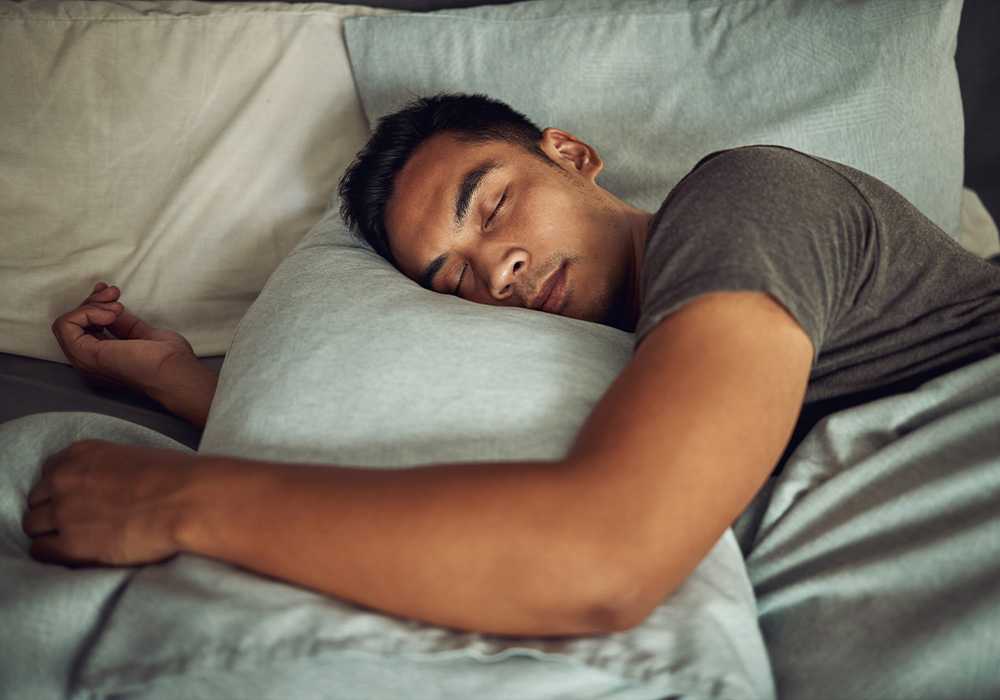
Productivity is not just about what you do when you’re sitting at your desk. Productivity is about what you do to support your daily functioning. Essential to that is good sleep. Aiming for eight hours per night, having a routine before bed where you’re informing your body that it’s time to wind down for bedtime and improving your environment for sleep are all important steps for being more productive in the day.
Improving your sleep environment could mean dimming lights, listening to calming music, having a bath or shower (the subsequent reduction in body temperature will help you to fall asleep), avoiding screens and keeping your phone away from you will help your sleep and prepare you for the following workday.
Don’t be afraid to nap either if working from home. Research has shown that short naps can improve alertness, mental functioning and productivity.
Prepare The Night Before
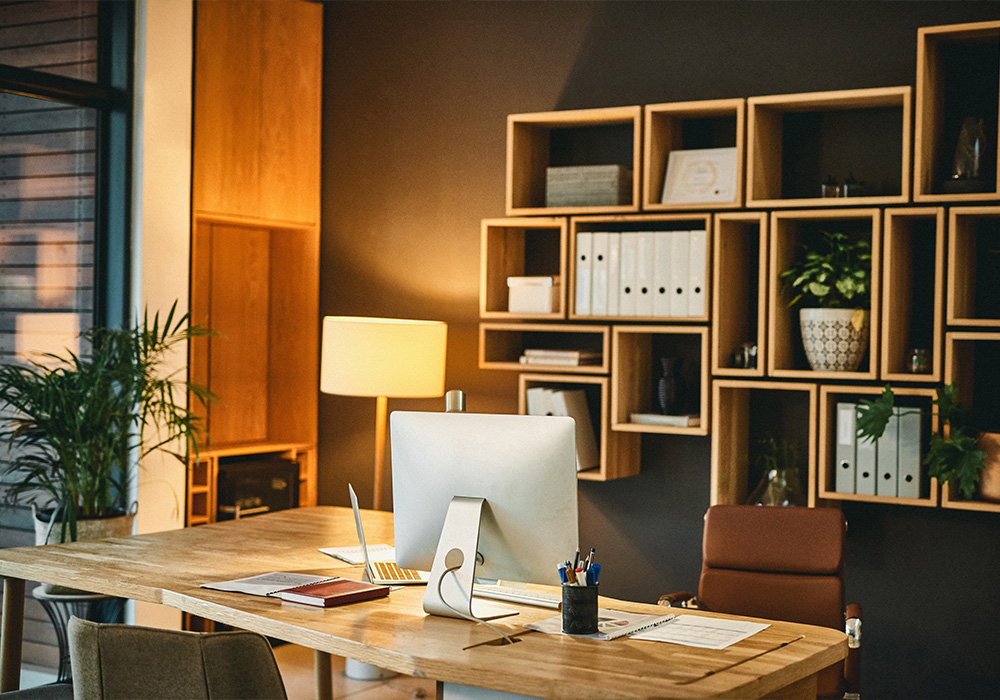
Preparation is key to a productive day and a handy tip when it comes to prep is setting your workday up the night before. We’ve all been there, a fresh slate in the morning, still half asleep. Diving straight into the email inbox for a morning bowl of chaos, getting bogged down in that, then you make a list of what you actually need to do, start cracking on and it’s lunchtime before you know it.
Dedicating a bit of time at the end of the previous workday – whether it’s setting up your to-do list or even just ensuring your desk is clean, tidy and ready for the following day – is a nice little habit to get into. It saves time the following morning and allows you to get into a productive flow state quicker, reducing unnecessary distractions and hurdles.
This idea stems from James Clear’s ‘Atomic Habits‘, in which he talks about preparing your environment so that it’s optimised for better habits. That might mean leaving a book in a particular spot to encourage reading or leaving your gym gear on the dresser each morning to encourage you to work out.
Separate From Your Phone
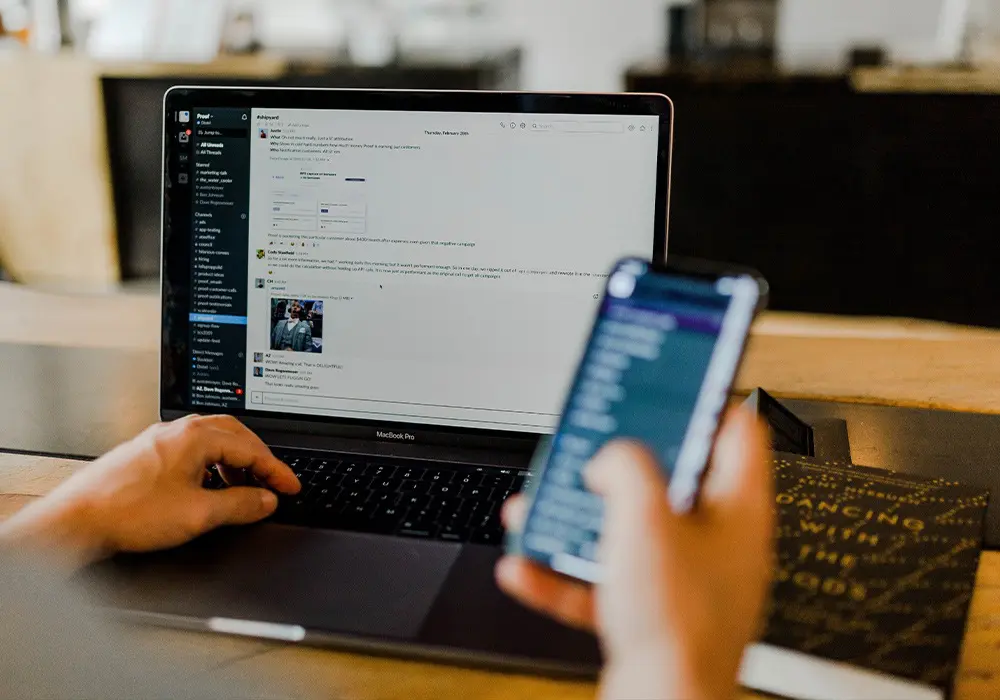
Repeat after us: you are not your phone. You can separate from your phone. It might feel like carving off a limb in the modern day but removing your phone from your workspace can work wonders for your productivity.
Put it on loud in another room and choose a notification profile that limits notifications to essential communications only. You’re still able to be on call but it reduces the temptation to scroll and procrastinate.
If you’re feeling bold, turn it off entirely. You can always turn it back on in a few hours once you’ve done the task you’re concentrating on. Getting out of a phone-dependency mindset is a pillar of being productive.
Optimise Your Environment
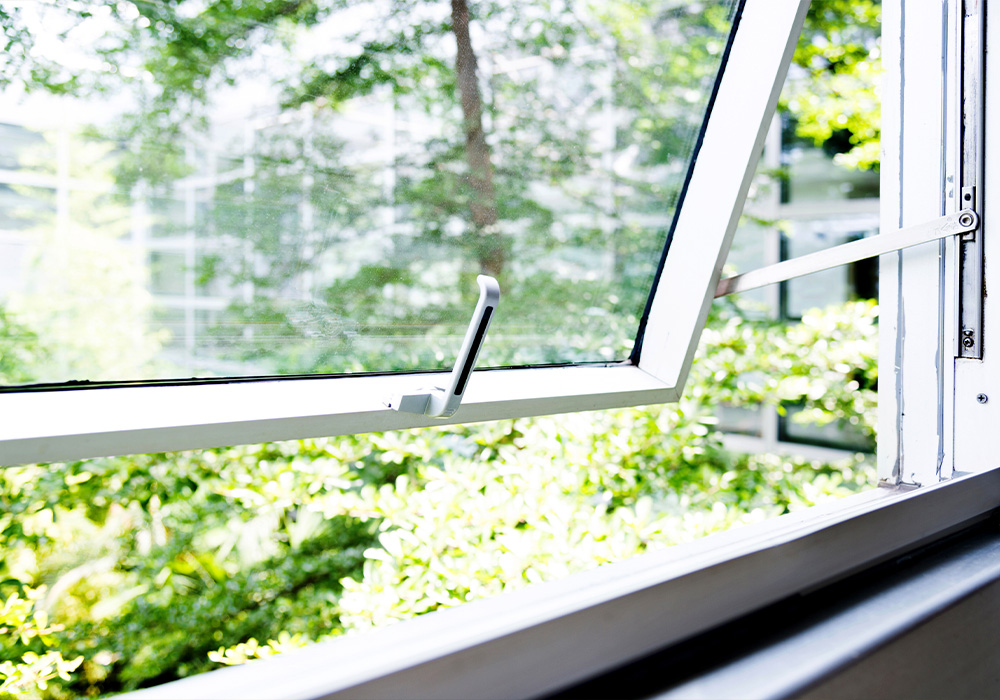
This can be a double-edged sword at times. You can get too hung up on positioning your desk, which desk lamp to buy and the micro-ergonomics of your desk chair. All we will say on this is crack a window now and again. In a UCL study in 2021, researchers studying four floors of a large international tech company’s London HQ found that smaller offices and window views improved productivity.
Do what you want with that, but from first-hand experience, cracking a window and letting a bit of air in is refreshing and helps improve alertness. This is backed by studies that suggest that increased air quality improves cognitive performance. Natural light meanwhile is thought to reduce eye strain.
Stand Up

Finally, even simpler but no less important. Make sure you stand up every 20-30 minutes. If you have the privilege of sitting in a fancy office chair with a footrest all day, good for you. That will do wonders for your posture and breathing. Making sure you’re sitting up straight, putting your screen on a riser if need be so it’s at eye level, will improve your posture and stop you falling into a hunched position which pushes down on your diaphragm and makes your breathing less efficient.
Fancy chair or no fancy chair, stand up from time to time. Smartwatches encouraging you to stand and forward-thinking companies installing stand-up desks are no coincidence. You breathe better when you stand up and that means more oxygen to the brain, meaning better function.
It’s a simple solution but add it to your arsenal and it all adds up.
Publisher: Source link


